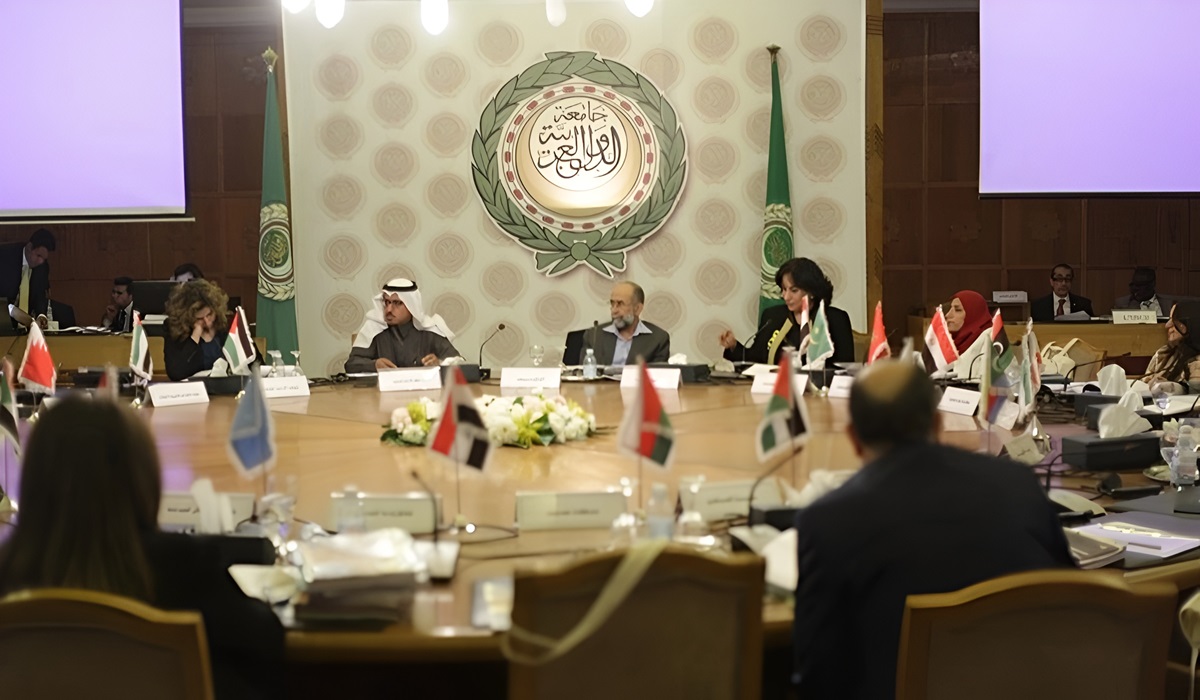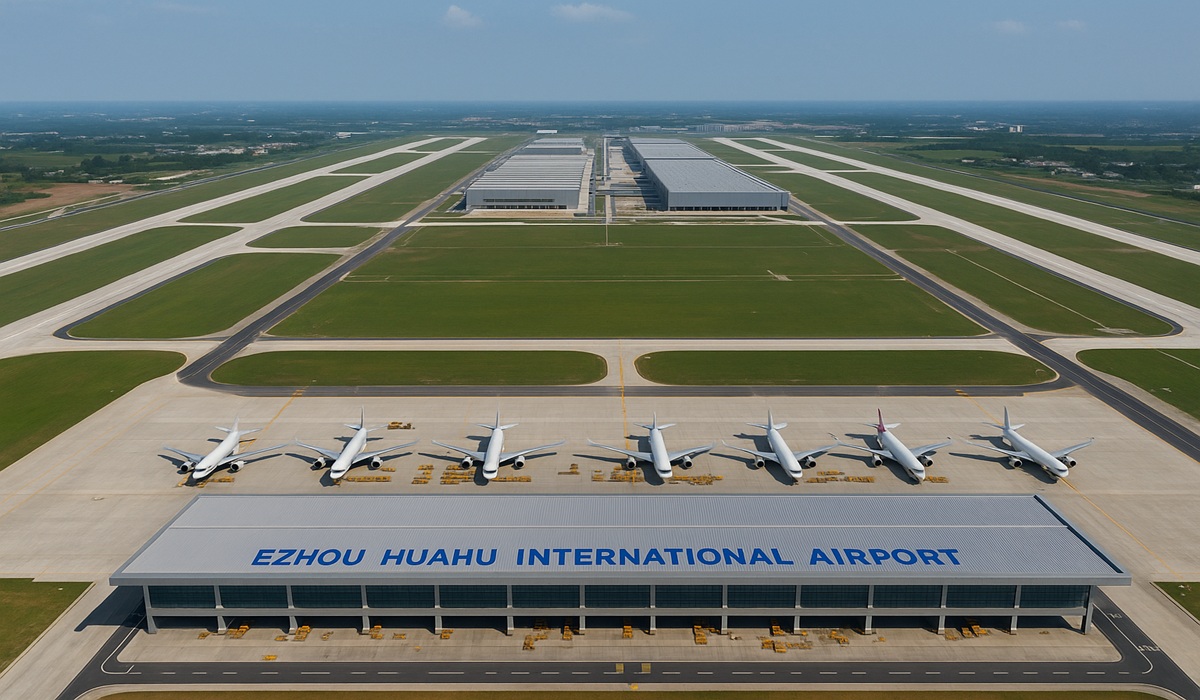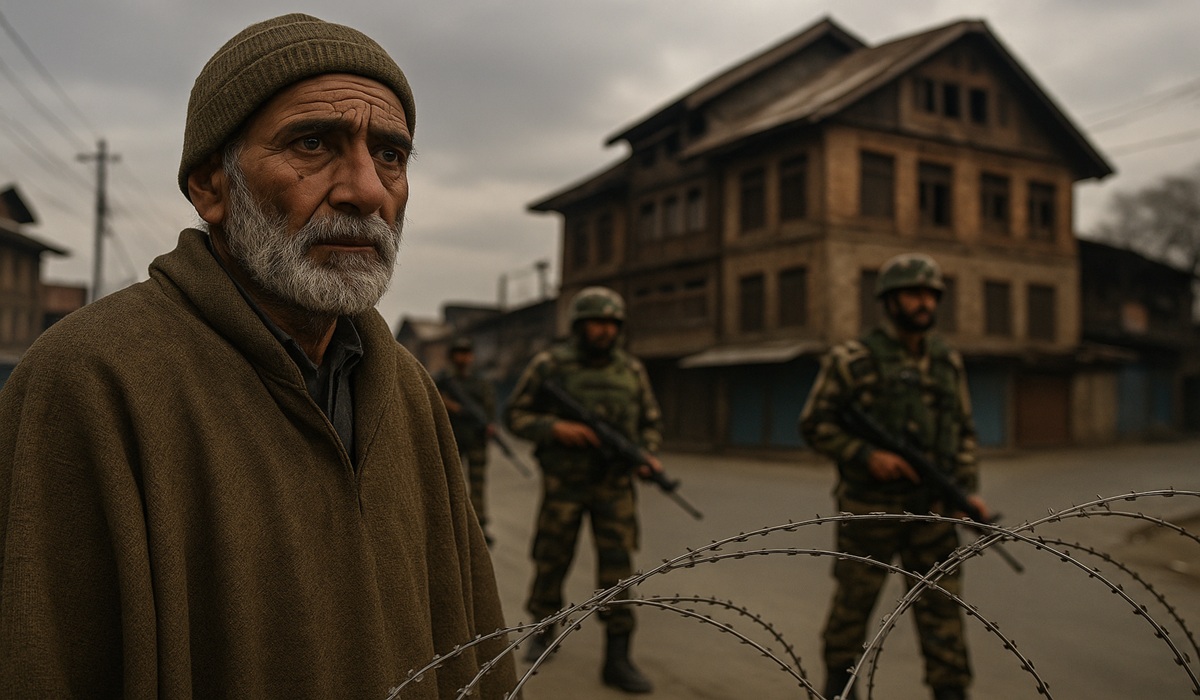The Mirage of a Unified Arab Defense System: Why “Article 5” in the Middle East Will Never Work
- TDS News
- Middle East
- Trending News
- September 15, 2025

By Donovan Martin Sr, Editor in Chief
Image Credit: UNHCR
The idea of a unified Arab defense system, modeled after NATO and incorporating an “Article 5” principle—where an attack on one member constitutes an attack on all—is a vision that often captures headlines and the imagination. On paper, such a concept is seductive: a collective security pact among Arab and Muslim nations, a show of unity against external threats, a potential counterbalance to Israel, Iran, or other global powers. Yet, a closer look at history, geopolitics, and present realities reveals that such a system is not only improbable—it is almost certainly impossible.
From the outset, one must confront the fundamental internal divisions within the Arab and broader Muslim world. The historical and ongoing Sunni-Shia schism is not a minor theological disagreement; it has shaped alliances, wars, and state policies for centuries. Saudi Arabia and its Gulf allies are overwhelmingly Sunni, while Iran, Iraq, and parts of Lebanon are Shia-dominated. Conflicts such as the Saudi-led intervention in Yemen, which pits Sunni-majority forces against the Houthi rebels with Shia affiliations, are emblematic of the deep, violent fractures within the region. These are not isolated incidents; they are embedded in centuries of competition for influence, identity, and legitimacy. Expecting these nations to subordinate historic animosities and strategic rivalries for a collective defense arrangement is unrealistic.
Historical wars have further entrenched mistrust among Arab nations themselves. The Arab-Israeli wars of 1948, 1967, and 1973 demonstrated that Arab nations were unable to coordinate effectively against a common enemy. Even within the Gulf, Iraq’s invasion of Kuwait in 1990 sparked division rather than unity, with Saudi Arabia and other Gulf Cooperation Council members siding with the United States against Iraq. In North Africa, conflicts such as the Libyan civil wars have drawn in neighboring Arab states on opposing sides. These examples underscore that intra-Arab conflict is not only possible but persistent; the idea of a unified military response is a fantasy divorced from reality.
Beyond immediate rivalries, there is the lasting legacy of foreign interventions and colonial-era agreements such as the Sykes-Picot Agreement of 1916. This arbitrary partitioning of the Ottoman Middle East by Britain and France created borders that often ignored ethnic, religious, and tribal realities. The resulting states were fragile, dependent on external powers for security, and prone to internal fragmentation. Wars, coups, and civil unrest followed, creating a landscape of competing national interests rather than a cohesive bloc. Even in cases where pan-Arab sentiment has flared, such as during the era of Gamal Abdel Nasser’s Egypt, ideological solidarity rarely translated into military cooperation that could survive political pressures or divergent interests.
Complicating matters further is the dependence of many Arab and Muslim nations on the United States for military and financial support. Countries like Saudi Arabia, the UAE, Qatar, and others have built modern militaries almost entirely on U.S. weapons, training, and logistical support. Without this backing, their ability to project power—even collectively—would be severely limited. This dependence constrains political autonomy. When the U.S. green-lit Israel’s strike on Qatar—if reports are accurate—it illustrated a harsh reality: America acts first in its own interest, not in defense of Arab unity. No Article 5 treaty can override the strategic dependencies these nations have on Washington.
The question then arises: what would it take for Arab nations to be serious about a NATO-style defense pact? The first step would be to assert true sovereignty by expelling all U.S. military bases from the region. Currently, bases in Bahrain, Qatar, Kuwait, Saudi Arabia, and other locations serve as critical hubs for American operations, including air-to-air refueling, reconnaissance, missile guidance, and rapid deployment capabilities. These assets are not just conveniences; they are force multipliers that directly support Israel and other U.S. interests in the region. Removing them would strip Washington of logistical advantage and signal a serious bid for independent security.
A scenario analysis highlights the potential consequences and benefits of such a move. Without U.S. bases funneling intelligence and coordinating operations, regional air forces would need to assume responsibility for their own surveillance and reconnaissance. No longer would drones, AWACS, or satellite feeds be automatically integrated into regional operations. This would force nations to develop indigenous capabilities, from radar networks to unmanned aerial vehicles, fostering self-reliance and innovation.
The absence of U.S. bases would also directly impact Israel’s operational advantage. Many Israeli air and missile strikes, as well as reconnaissance missions, are logistically supported by nearby American infrastructure. Air-to-air refueling, electronic warfare support, and advanced targeting systems rely on proximity to U.S. installations. Without these, the ability of Israel to project power across the Gulf would be reduced. Even a temporary withdrawal of U.S. support would constrain offensive operations and force adversaries to negotiate from a position of slightly greater parity.
Yet practical questions remain: which Arab country would fire on a U.S. military plane entering its airspace? The historical and political answer is clear: none. Even states with long-standing opposition to U.S. policies are cautious because American military power is overwhelming. The fear of immediate retaliation, economic repercussions, and political destabilization keeps Arab states tethered to U.S. protection. Until Arab nations are willing to assert such sovereignty, any notion of collective defense remains theoretical.
Long-term, however, the absence of foreign bases could incentivize regional cohesion. Without U.S. logistical support, nations would need to coordinate on their own terms. Shared radar systems, joint missile defense initiatives, and cooperative air policing could emerge—not because of ideology or pan-Arab sentiment, but out of sheer necessity. This forced autonomy could create the operational backbone for a future collective security arrangement that is genuinely credible. Real power emerges not from treaties on paper but from the ability to defend borders and project force independently.
Resource allocation would shift dramatically as well. Currently, vast sums are spent maintaining bases that primarily serve foreign powers. Redirecting this investment into national defense industries, indigenous weapons development, and regional intelligence networks would allow Arab nations to control the levers of their own security. Advanced missile systems, drones, cyber capabilities, and satellite surveillance could gradually replace dependency on American assets. Over time, this could establish a deterrent effect: nations contemplating aggression would need to account for a regional military apparatus that is no longer reliant on external lifelines.
Of course, significant challenges would remain. Sectarian divides and historic rivalries would not vanish overnight. Cooperation would require careful diplomacy, trust-building, and transparent agreements on the command and deployment of forces. Misunderstandings or unilateral action could easily spiral into conflict, as history has repeatedly shown. Sovereignty is only effective when paired with institutional maturity; Arab states would need to invest not just in weapons but in governance, joint operational planning, and conflict resolution mechanisms.
The symbolic message of expelling U.S. forces would also be profound. For decades, the narrative in the Middle East has been one of dependence and subordination. By reclaiming control over their territories and airspace, Arab nations would signal that they are not merely passive recipients of security assistance but active shapers of their own destiny. This autonomy could recalibrate regional power balances—not only vis-à-vis Israel and Iran but also in global diplomacy—forcing external powers to negotiate on terms set by the region itself rather than dictated by foreign strategic priorities.
The notion of a unified Arab defense system with its own Article 5 is, for now, a mirage. Historical animosities, sectarian divides, ongoing wars, and the legacy of colonial-era agreements such as Sykes-Picot have created an environment of competing, often contradictory interests. Dependence on U.S. weapons and financial backing further constrains autonomy, while the strategic realities of modern warfare demand interoperability and coordination that the region cannot yet achieve. If Arab nations are serious about their security, the path forward is not through symbolic treaties but through genuine sovereignty: expelling foreign military bases, investing in indigenous defense capabilities, and developing trust and coordination independent of external powers. Only then would the region have the operational freedom to defend itself and coordinate collectively. Until that day, talk of a unified Arab defense system is merely a dream—a headline-grabbing idea without the foundation to succeed. True power comes not from pledges of solidarity, but from the ability to act independently, defend borders, and control one’s own strategic destiny.








